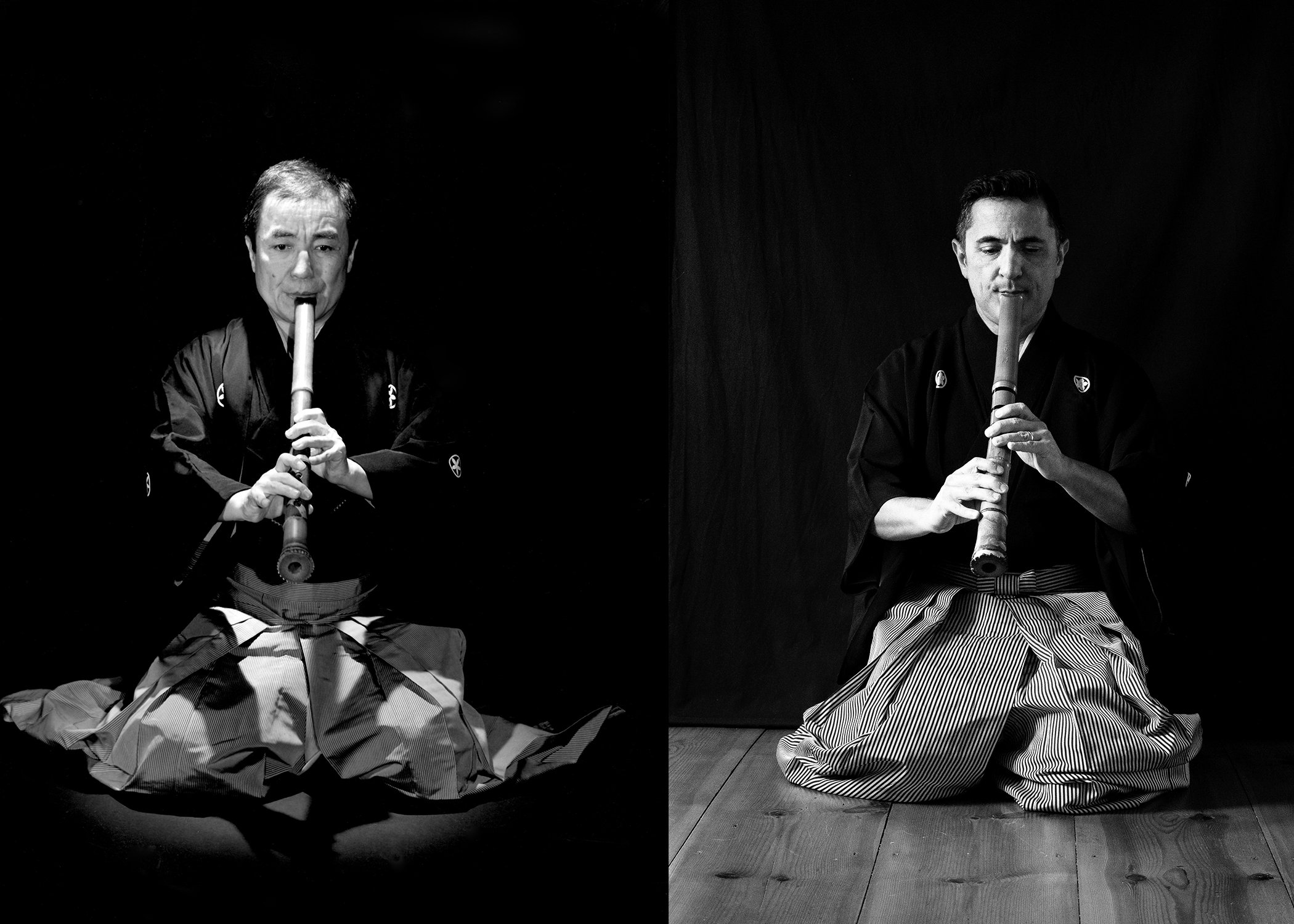“You Really Should Smile More…”
I remember my dad telling me about the importance of dental health in terms of your shakuhachi playing. I had avoided any real trouble until a couple years ago when I cracked one of my lateral incisors; then, while I was still able to play, it felt really weird.
I say all this because when we think of embouchure, and specifically shakuhachi playing, all too much attention is given to your lips and not the entirety of what makes your embouchure—that is pretty much everything from the neck up. There’s also a misconception that there’s a kind of formula to it. There is not. When it comes to embouchure, we’re all pretty little snowflakes.
If you’ve ever made a sound on a pop bottle or a beer bottle, you can play shakuhachi. The famous shakuhachi legends all hold to this notion that it takes ten years to make a sound. I think this has to be an exaggeration. Then again, I just can’t imagine anyone sticking with something for ten years without getting a sound. Some teachers don’t let you even try to make a sound for a period of time. You learn to sit, how to hold a shakuhachi and then some time later, you get to blow on the thing. That goes against how I like to teach personally, but I’m not going to judge. My hat is off to anyone who could stick with anything through all that!
The first thing to explore is obviously where you place the mouthpiece or utaguchi against your lip. Be mindful of the role your upper lip has in forming the air column; it’s kind of like an aileron on an airplane wing. If your sound is too airy and quiet and try as you might you’re not getting any louder, you may be sending too much air inside the flute. If it’s too raspy, it might be blowing too much air over the top of the leading edge. Remember the best position may not be straight on.
My dad used to try to get me to change my face when I played. He thought it looked so funny, and would laugh and laugh if he spent too much time looking at me. He has a somewhat unorthodox way of making his sound, playing much more off to of the side of his mouth. It’s distinctive, but not completely unique. I always played straight down the middle, which he thought was bonkers.
1962 1989
Keep in mind, any time we talk about differences in lip position and that sort of thing, we’re talking about a difference of micrometers. Always think small moves when making adjustments.
I’ve heard of people describing “correct” embouchure as a “Buddha smile.” I mean, I guess if you’re looking for a kicking off point, sure, go for it; but again, it’s going to come down to you as an individual. I’ve seen brilliant players whose mouths curve down at the corners, or folks that have a very, very relaxed expression.
My face is still my face regardless of which instrument I’m playing. The main difference between Irish flute and shakuhachi, as far as fundamentals like breathing and embouchure are concerned, would be more on the breathing side than embouchure, because of the way Irish music is phrased. My embouchure for flute is only slightly different from shakuhachi in that it’s slightly more relaxed. Penny whistle on the other hand is quite different because of the fipple, but they’re all the same when it comes to the inside of the mouth and throat. So much of your sound is going to rely on opening up the back of your mouth and throat.
If you’ve ever had to play with a cold, you know how much an effect your sinus cavity has on your playing. This isn’t something you can really control in your practice though. Or maybe you can. Again, I’m not here to judge.
As I started to get older, I found my embouchure evolved somewhat. There appears to be more tension in my cheeks than when I was first starting out and my face was much more relaxed. I find the lips and cheeks contribute some to tone color, but mostly this part of the embouchure helps me to control air speed. Is that the Bernoulli Effect? Anyway, forcing more air through a narrower column should increase your volume.
More anon,
Hanz
